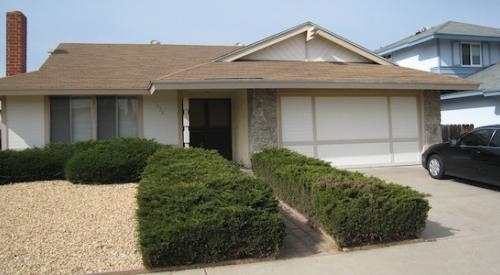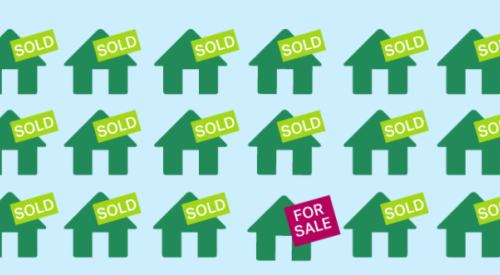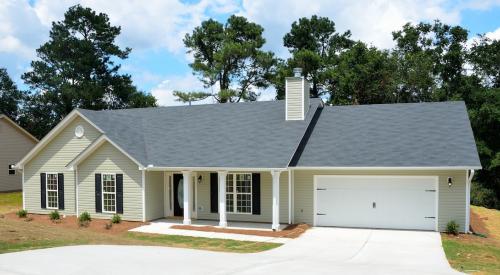"My belt holds my pants up, but the belt loops hold my belt up. I don't really know what's happening down there. Who is the real hero?" That was the late comedian Mitch Hedberg’s take on a thought not many people have probably had before, but it just so happens, this belt versus belt loop dilemma is reminiscent of what is happening in the housing market right now regarding to inventory.
Inventory is tight, there is no question about it, and there are many reasons, depending on the segment of homes you are looking at. As Trulia reports, home seekers need information not just about total inventory, but also about inventory in the segment they are interested in buying.
For example, when looking at housing stock on a national level and in the 100 largest U.S. metros from Jan. 1, 2012 to March 1, 2016, starter and trade-up homes saw the largest drops in inventory. Meanwhile, the inventory for premium homes had a less drastic drop. Which means if you are looking for a starter home you are going to have more trouble than if you are looking for a luxury home.
But there is also a bit of crossover between segments, and this is leading to problems. Here's where the belt versus belt loop stuff comes into play; premium homes have a greater inventory, but with prices rising drastically in some areas, the growing price spread between premium homes and trade-up homes means fewer people are able to afford these premium homes. As such, there are fewer trade-up homes on the market. With fewer trade-up homes on the market, people have to stay in their starter homes longer, meaning there are going to be fewer starter homes on the market, too.
In a parallel universe, that Hedberg joke might look something like this: Low inventory and high demand are driving up prices, but high prices are having a trickle down effect and lowing inventory. I don’t really know what’s happening out there. Who is the real problem?
Well, it’s a combination. Since 2012, the number of starter homes on the market has decreased by 46.3 percent and homebuyers looking to purchase a starter home need to spend 5.6 percent more of their income towards a home purchase than in 2012. Trade-up homes decreased by 41 percent and homebuyers need to pay 2.6 percent more of their income than in 2012. The share of the market for both starter homes and trade-up homes decreased as well.
Meanwhile, the number of premium homes on the market decreased by 33.4 percent and homebuyers need to spend 1.4 percent more of their income for a home than they did in 2012. However, the share of premium homes on the market increased from 42.7 percent to 46.2 percent.
What it looks like is the housing market has a bit of a top-down effect going on right now, where the problems in the top segments of the market are trickling down and compounding other problems from lower segments until they reach the bottom, which is facing problems of its own combined indirectly with problems from the segments above.
For a full look at Trulia’s report, follow the link below.












